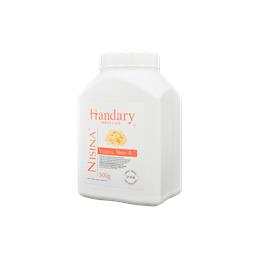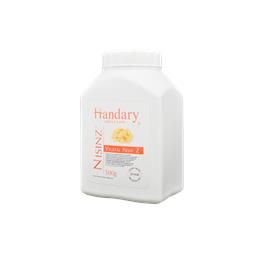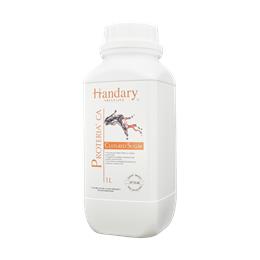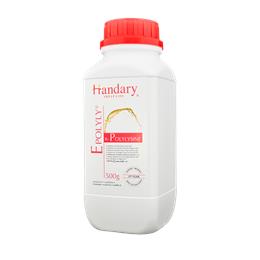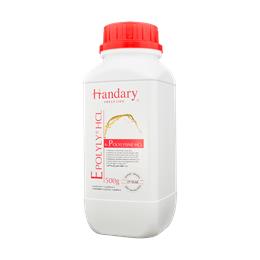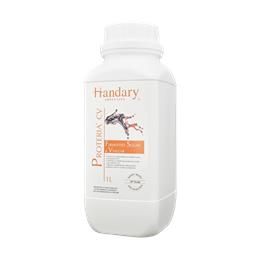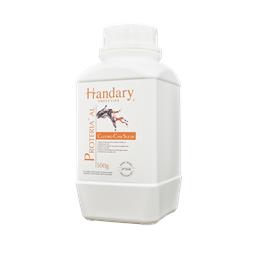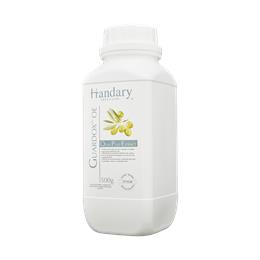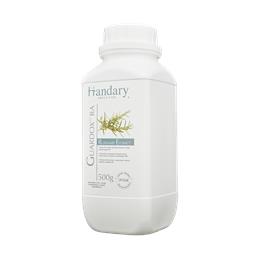Description
Dried meat and poultry are meat products that have been preserved through the removal of moisture. Drying meat and poultry is an ancient preservation method that has been used for centuries to extend the shelf life of meat products. Drying meat and poultry removes moisture from the meat, which inhibits the growth of bacteria and other microorganisms that can cause spoilage. The drying process can be achieved through various methods, including air drying, sun drying, or using a dehydrator.
Dried meat and poultry can be consumed as a snack or added to dishes for flavor and texture. One of the benefits of dried meat and poultry is their long shelf life. When properly stored in a cool, dry place, dried meat and poultry can last for several months or even years without spoiling. However, it is important to note that dried meat and poultry can still pose a risk of foodborne illness if not properly prepared and stored. Oxidation and Total Aerobic Bacteria are the main spoilage issues.
Total Aerobic Bacteria
Total Aerobic Bacteria can also be a concern in dried meat and poultry products. While the drying process removes moisture from the meat, it does not necessarily eliminate all bacteria that may be present. Additionally, if the drying process is not done at the appropriate temperature or for the appropriate amount of time, it may not be effective at reducing bacterial levels.
To ensure the safety of dried meat and poultry products, it is important to follow proper processing and storage procedures. This includes using clean equipment and facilities, monitoring temperature and humidity during the drying process, and properly packaging the product to prevent contamination during storage.
Oxidative Rancidity
Oxidative Rancidity can also occur in dried meat and poultry products, causing color loss and potentially impacting their flavor and texture. When meat is exposed to oxygen, it can react with the iron in the meat, causing it to turn brown or gray. In dried meat and poultry products, oxidation can occur during the drying process or during storage if the product is not properly packaged and protected from oxygen.
Oxidation can also occur due to exposure to light or high temperatures. To prevent oxidation and color loss in dried meat and poultry, manufacturers often use antioxidants such as tocopherols or ascorbic acid during processing. These antioxidants can help slow down the oxidation process and preserve the color and flavor of the meat.
 English
English 简体中文
简体中文 Français
Français Español
Español
